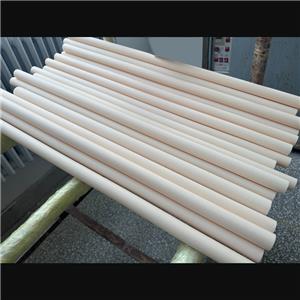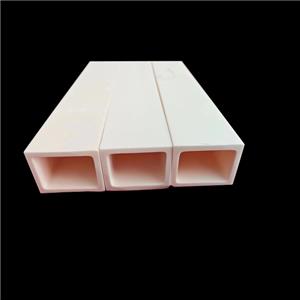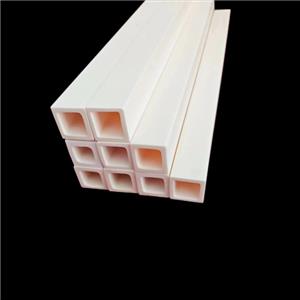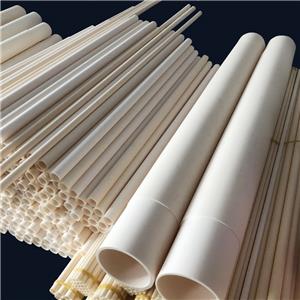Comparing Alumina Ceramic Tubes: Grades, Performance, Prices
Comparing Alumina Ceramic Tubes: Grades, Performance, Prices
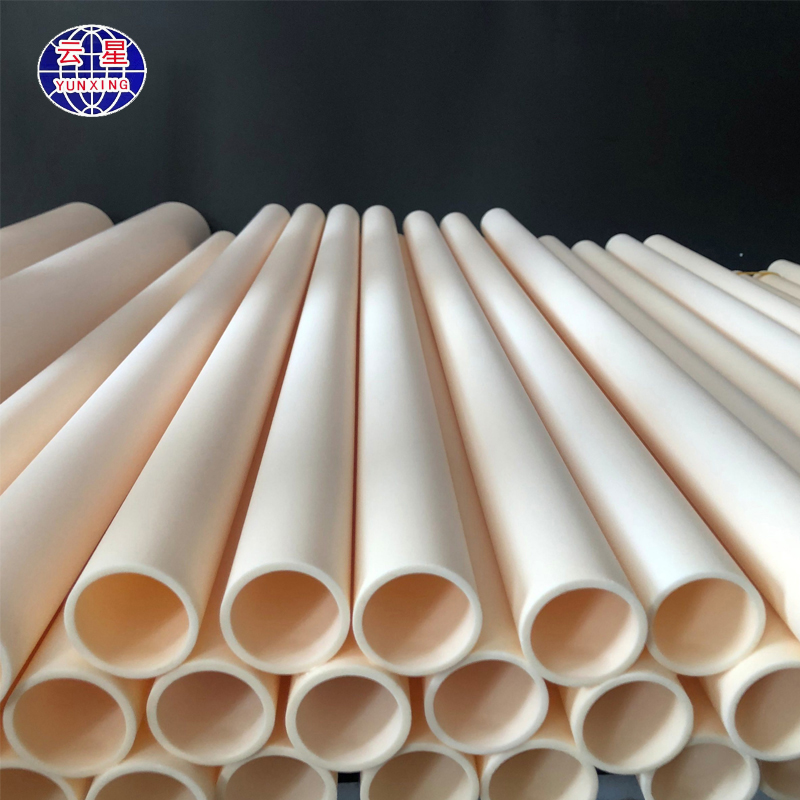
In the realm of industrial ceramics, alumina ceramic tubes stand out as versatile and indispensable components across various applications. From high-temperature furnaces to semiconductor manufacturing, these tubes play a crucial role in providing thermal insulation, corrosion resistance, and electrical insulation. However, navigating through the myriad of grades, performance metrics, and price differentials can be daunting for industry professionals seeking the optimal solution for their specific needs.
Alumina ceramic tubes are available in a range of grades, each tailored to meet specific performance requirements. The primary distinguishing factor among these grades is the alumina content, which directly influences properties such as hardness, thermal conductivity, and chemical resistance. Commonly encountered grades include 95% alumina, 99% alumina, and high-purity alumina (HPA) exceeding 99.5% purity. While higher alumina content typically correlates with superior performance, it also comes at a higher cost.
Performance considerations for alumina ceramic tubes encompass mechanical strength, thermal conductivity, thermal shock resistance, and chemical inertness. Higher purity grades tend to exhibit superior mechanical properties and resistance to thermal shock, making them suitable for demanding environments such as aerospace and defense applications. Conversely, lower purity grades may suffice for less demanding applications while offering cost savings. Understanding the specific performance requirements of the intended application is crucial in selecting the appropriate grade.
Price differentials among alumina ceramic tubes primarily stem from variations in alumina content, manufacturing processes, and dimensional tolerances. Higher purity grades command premium prices due to the stringent purification processes involved in their production. Additionally, tubes with precise dimensions and tight tolerances typically incur higher manufacturing costs. However, investing in higher-quality tubes can result in long-term cost savings by minimizing downtime, replacement frequency, and maintenance costs.
Scenario 1: A semiconductor manufacturer requires alumina ceramic tubes for its high-temperature processing equipment. In this case, opting for high-purity alumina tubes ensures minimal contamination risk and superior thermal stability, despite the higher upfront cost.
Scenario 2: A chemical processing plant requires corrosion-resistant tubes for conveying abrasive chemicals. Here, a lower purity alumina grade may suffice, offering a balance between performance and cost-effectiveness while meeting the specific chemical compatibility requirements.
Comparing alumina ceramic tubes involves evaluating grades, performance metrics, and price differentials to determine the optimal solution for each application. While higher purity grades offer superior performance, they come with a higher price tag. Understanding the specific demands of the application enables informed decision-making, ensuring that the chosen tubes deliver optimal performance and value over their operational lifespan.

